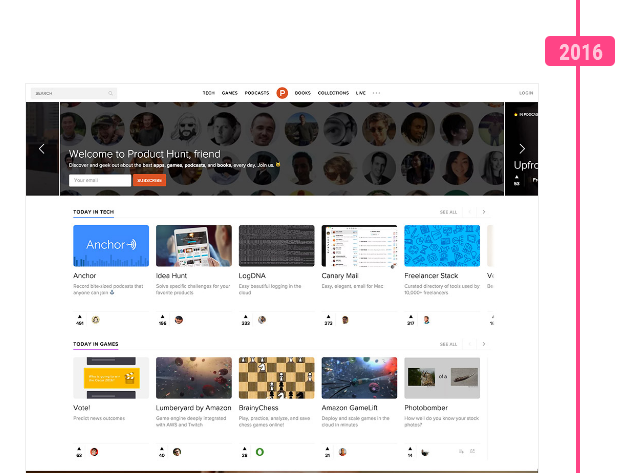Simon, a real estate giant with headquarters in Indianapolis, has relied
on aggressive dealmaking and savvy property management to bolster its
position as the largest U.S. operator and developer of shopping malls.
Its U.S. portfolio includes 108 malls, most of them high-grossers like
Roosevelt Field, and 72 discount outlet centers. That adds up to real
estate worth $110 billion. Some of the biggest and most luxurious malls
in the country— including the Forum Shops at Caesars Palace in Las
Vegas, King of Prussia outside Philadelphia, and the huge high-end New
York outlet mall Woodbury Common—are bastions of the Simon empire.
--
The company generated $5.3 billion in revenue in 2015, with an enviable 37% profit margin.
--
Its market cap has risen fivefold since the end of 2008, to $57 billion.
--
Along with a handful of other mall operators, including General Growth
Properties (GGP), Taubman Centers, and Macerich, Simon dominates the
so-called A-malls, those with the highest sales per square foot.
--
The company’s U.S. malls and outlets are 96.3% full (about four
percentage points above the industry average). Sales per square foot are
$604, a slight drop from a year ago but a full 27% higher than the
industry average of $474, according to the International Council of
Shopping Centers (ICSC), the industry’s trade organization.
--
The brothers pioneered the concept of a shopping center being anchored
by a department store. Before that, department stores tended to be in
city centers at stand-alone locations. The Simons’ idea was to leverage
the shopper traffic of department stores, which at the time were the
apex of the retail food chain, within enclosed malls where those giants
were the marquee attractions. To make that happen, they charged
department stores a pittance while charging other tenants much more.
Even today the typical anchor store pays around $4 per square foot in
annual rent; the average non-anchor tenant paid $42.22 per square foot a
year as of the third quarter of 2016, according to real estate
analytics firm Reis.
--
In 2014, Simon spun off most of its so-called B-and C-malls—those with
lower sales per square foot—into a new REIT, called Washington Prime
Group.
--
Food and beverage, for example, now makes up 9% of leasing space in
U.S. malls, according to ICSC, and industry executives expect that to
grow.
http://fortune.com/simon-mall-landlord-real-estate/














































